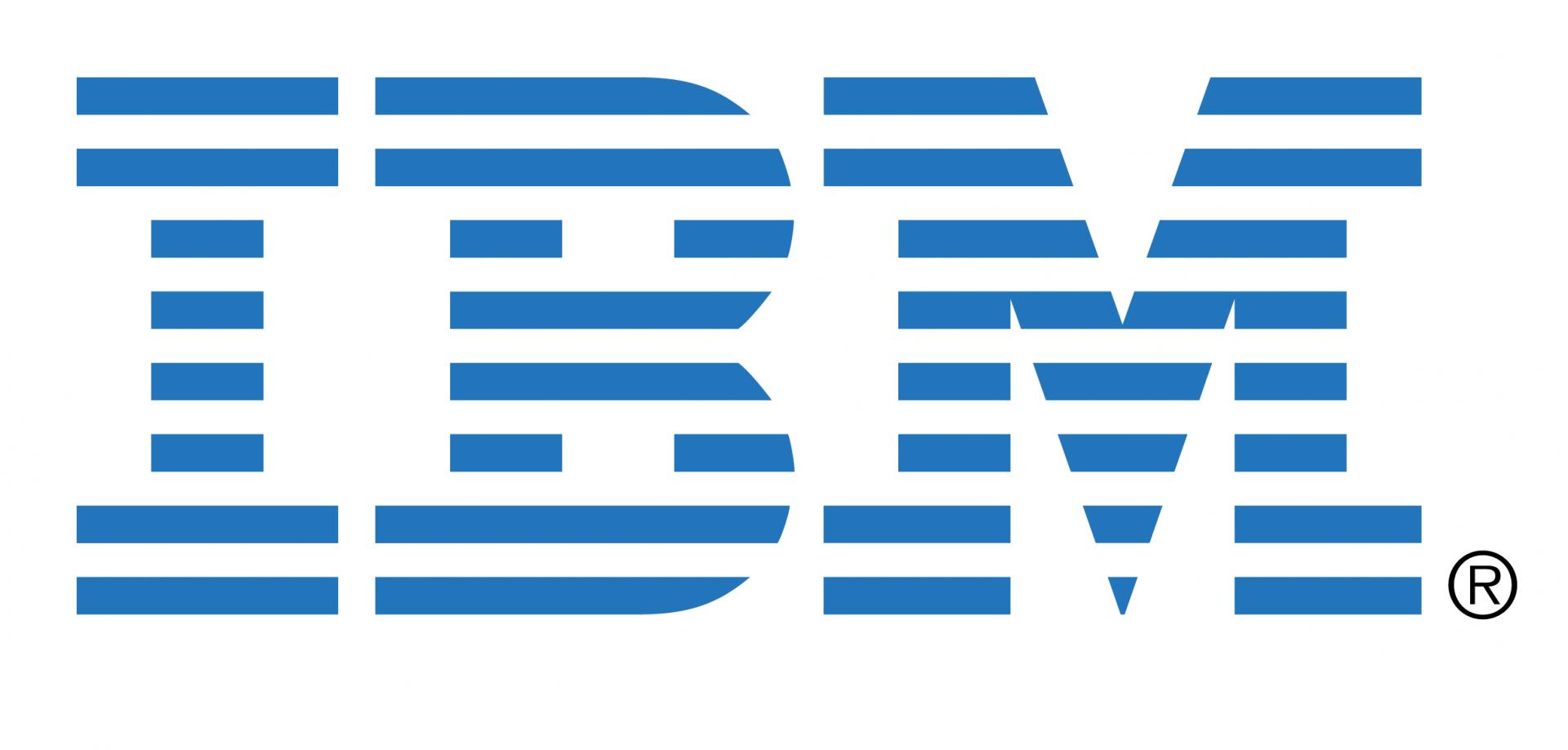

In the dynamic landscape of brand naming, acronyms have emerged as a notable trend, exemplified by familiar entities such as CD (Compact Disc), NBA (National Basketball Association), and CCTV (China Central Television). This surge in the use of acronyms presents a strategic approach to name creation, offering the advantage of brevity and simplicity, especially beneficial for brands with lengthy names. Take, for instance, IBM, a concise acronym for International Business Machines, demonstrating how this linguistic tool streamlines communication and enhances memorability.
As this trend takes root in China, a crucial consideration arises: how can these acronyms resonate meaningfully with Chinese audiences? Does it warrant a creation of Chinese versions for these acronyms? Our perspective is that the decision hinges on the brand’s phonetics, positioning, and underlying philosophy, aligning these elements to forge a connection with the diverse and vibrant market in China. Explore with us the intricacies of naming acronyms, unraveling the strategic choices that shape brand identities and resonate effectively in a linguistically diverse landscape.
A comparison between IBM and HP illustrates this idea. Both enterprises originate from the U.S, and exist in the electronics industry, which commonly use acronymic abbreviations for products and brands names. However, their branding strategy in China are totally different: IBM keeps its three-lettered name in China while HP has adopted a Chinese name—惠(huì)普(pǔ).

From a phonetic aspect, though “I”, “B” and “M” are three English letters, we can find similar Chinese characters in sounds such as I—爱(ài,love); B—比(bǐ,compete); M—目(mù,eye). Thus, even non-English speaking Chinese can pronounce the name easily and accurately. However, the situation is totally different for HP. “H” is pronounced quite differently in mandarin pinyin, and “P” actually evocates an awkward association to 屁(pì, ass) which can lead to a brand naming disaster.
IBM’s products are positioned as business oriented. This means that most of its consumers have a good background of foreign languages, which will make them easy to understand its brand concept through the capital letters. HP, on the other hand, is more aligned with the personal computer markets. This positioning requires a common understanding from the general public. Thus, HP needed to find a more indigenous name in China.

IBM believes in personal respect, good service, and top-ranking. To reflect this premium oriented philosophy, the blue giant’s abbreviated brand appears globally in the identical form. In contrast, HP follows a strategy of high tech, low cost and best customer experience. Since it is more concerned with creating an emotional connection to its consumers, HP needed a name to resonate with the Chinese public.
Given all the reasons above, HP developed the Chinese name—惠(huì)普(pǔ). 惠(huì) means beneficial and普(pǔ) means public. The whole name can be understood as “benefiting the public” which perfectly expresses its brand philosophy. Additionally, the abbreviation of this Chinese name in pinyin form is also HP.
Not all acronymic brand names require a Chinese version; the brand values and the phonetic considerations name itself will decide the necessity.
A Labbrand Group Company © 2005-2025 Labbrand All rights reserved
沪ICP备17001253号-3To improve your experience, we use cookies to provide social media features, offer you content that targets your particular interests, and analyse the performance of our advertising campaigns. By clicking on “Accept” you consent to all cookies. You also have the option to click “Reject” to limit the use of certain types of cookies. Please be aware that rejecting cookies may affect your website browsing experience and limit the use of some personalised features.